I'm creating an audio waveform, which should look like this:
Notice how the corners of the lines are curved, according to the direction.
My waveform currently has only straight lines:
How can I achieve the desired results?
My current code for the waveform:
fileprivate func createPath(with points: [CGPoint], pointCount: Int, in rect: CGRect) -> CGPath {
let path = UIBezierPath()
guard pointCount > 0 else {
return path.cgPath
}
guard rect.height > 0, rect.width > 0 else {
return path.cgPath
}
path.move(to: CGPoint(x: 0, y: 0))
let minValue = 1 / (rect.height / 2)
for index in 0..<(pointCount / 2) {
var point = points[index * 2]
path.move(to: point)
point.y = max(point.y, minValue)
point.y = -point.y
path.addLine(to: point)
}
let scaleX = (rect.width - 1) / CGFloat(pointCount - 1)
let halfHeight = rect.height / 2
let scaleY = halfHeight
var transform = CGAffineTransform(scaleX: scaleX, y: scaleY)
transform.ty = halfHeight
path.apply(transform)
return path.cgPath
}




